How To Start Social Media Marketing
Social media marketing is an essential aspect of digital marketing
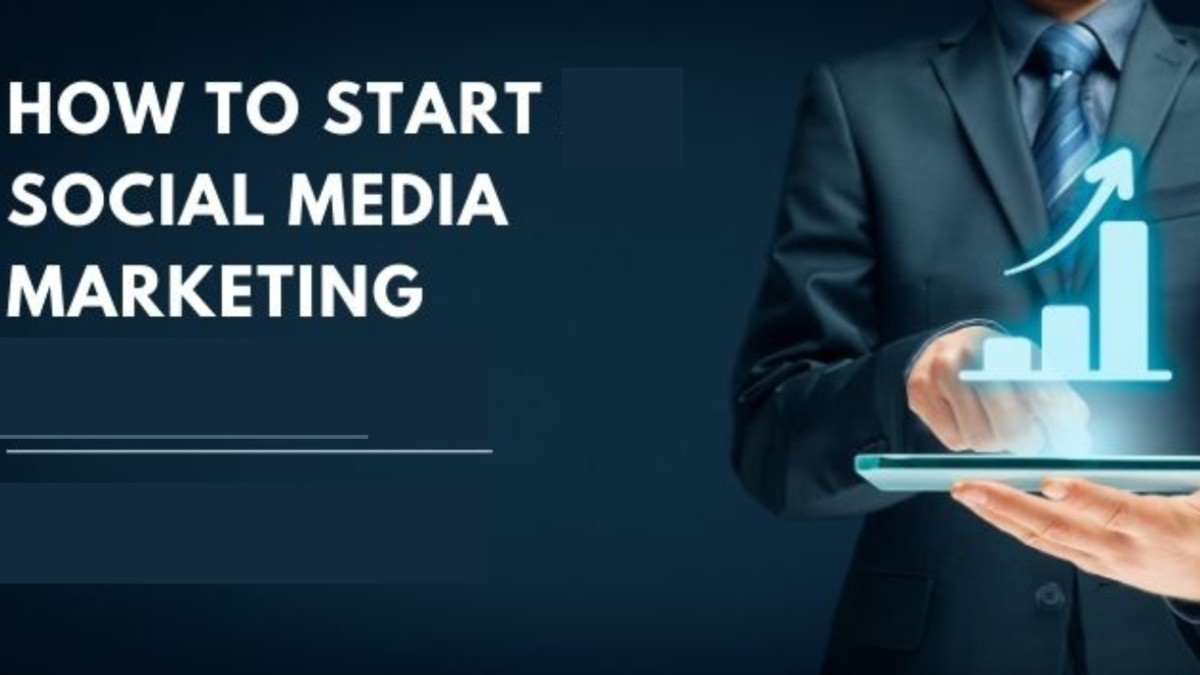
What is Social Media Marketing?
Social media marketing is the process of promoting a product, service, or brand through social media platforms like Facebook, Twitter, Instagram, LinkedIn, and YouTube.
Social media has become an integral part of modern society, and it presents a tremendous opportunity for businesses to reach out to their target audience.
Here, we will discuss the steps that you can take to start social media marketing for your business.
Step 1: Define Your Goals and Objectives
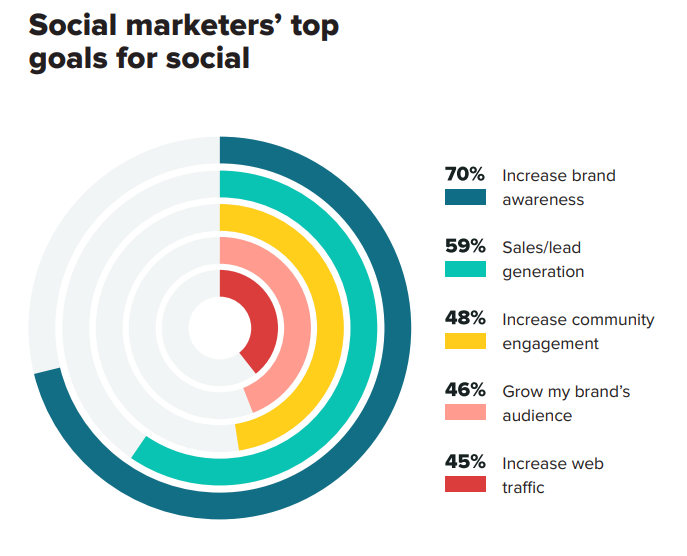
The first step to starting social media marketing is to define your goals and objectives. Determine what you want to achieve through social media marketing. Do you want to increase brand awareness, drive traffic to your website, generate leads, or increase sales? A clear goal and objective will help you create a targeted social media strategy.
Step 2: Identify Your Target Audience
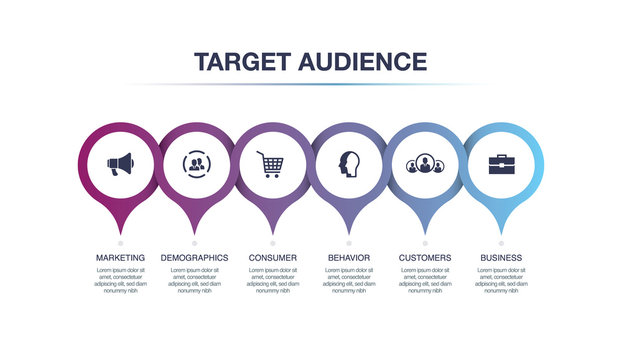
Your target audience is the group of people that you want to reach with your social media marketing efforts. Identify who your ideal customers are, what their interests and preferences are, and where they spend their time online. Knowing your target audience will help you to create content that resonates with them and engage with them on the platforms they use.
Step 3: Choose the Right Social Media Platforms
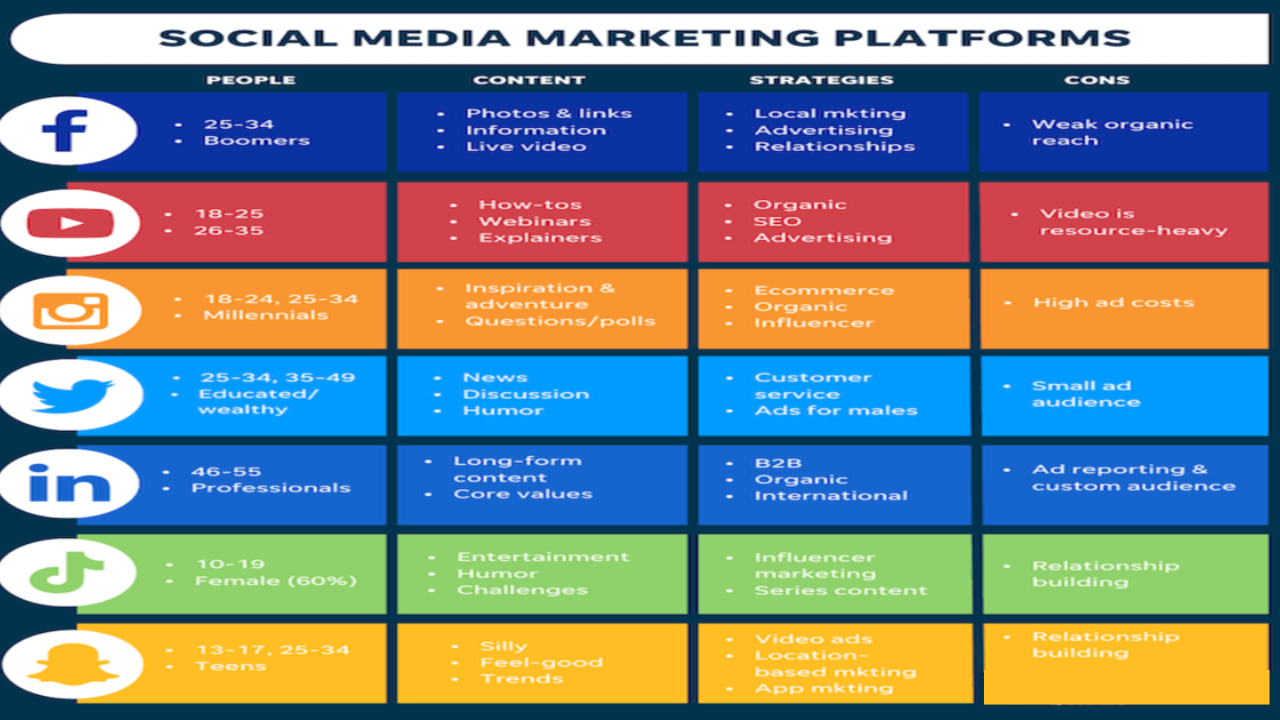
There are many social media platforms available, and each one has its own strengths and weaknesses. Choose the platforms that your target audience uses the most and where your business can make the most impact. Some of the most popular social media platforms for businesses include Facebook, Twitter, Instagram, LinkedIn, and YouTube.
Step 4: Develop a Content Strategy
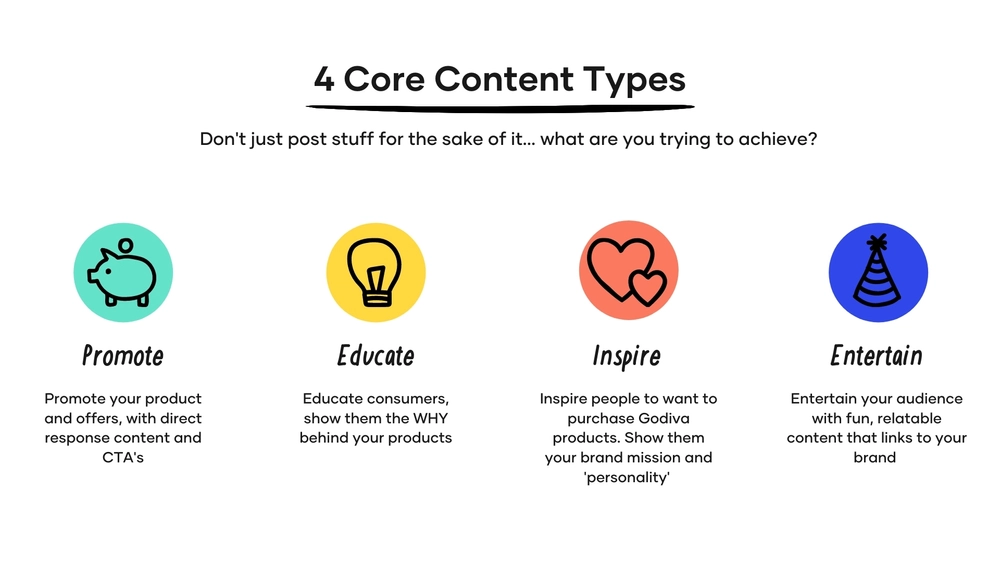
Content is king when it comes to social media marketing. Develop a content strategy that aligns with your goals and objectives, and is tailored to your target audience. Create a content calendar to plan out your posts, and include a mix of text, images, and videos to keep your audience engaged.
Step 5: Build Your Social Media Presence
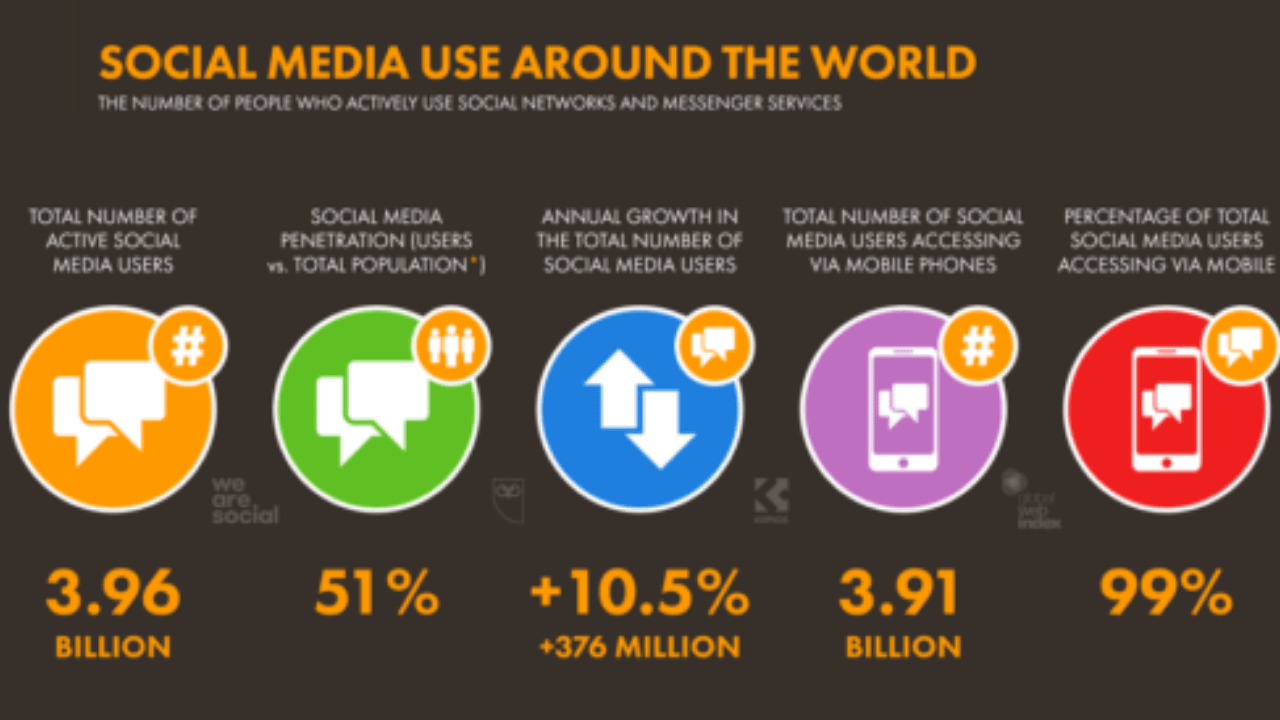
Once you have a content strategy in place, it's time to build your social media presence. Create social media profiles on the platforms that you have chosen and optimize them with your branding and messaging. Use relevant keywords in your profile descriptions to help your audience find you.
Step 6: Engage with Your Audience
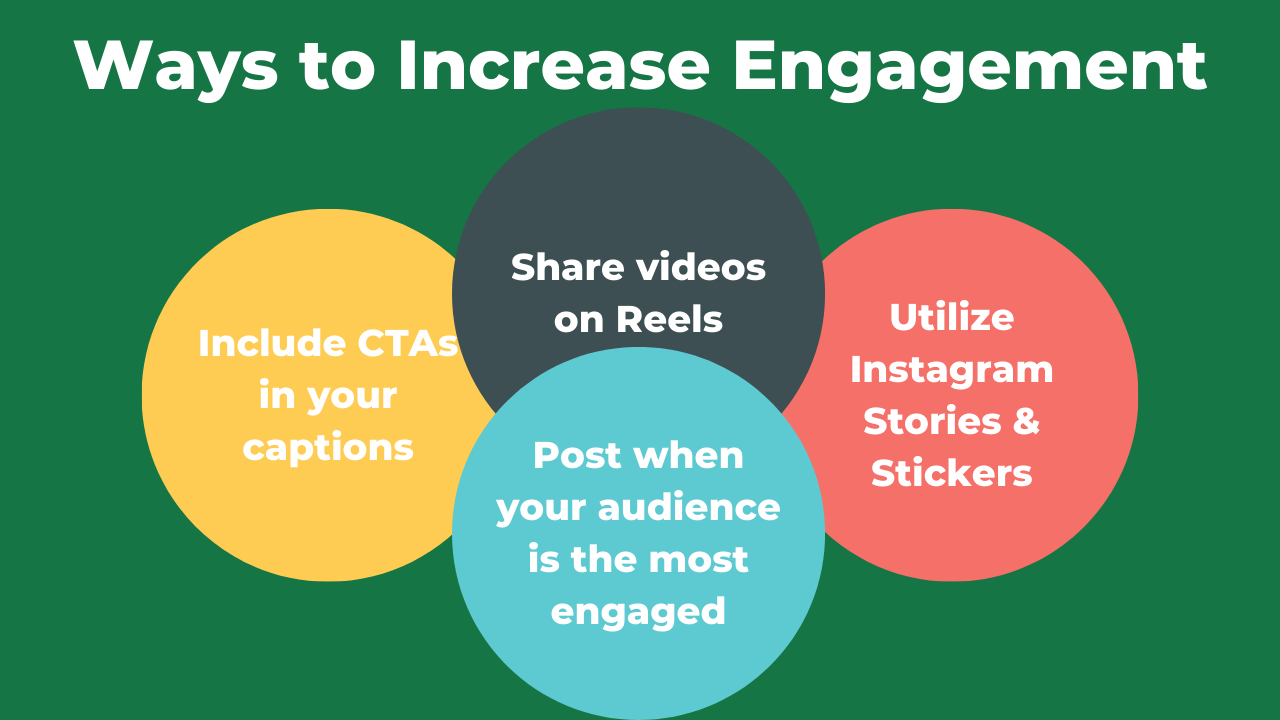
Engagement is key to social media marketing success. Engage with your audience by responding to comments and messages, asking for feedback, and participating in conversations. Use social media listening tools to monitor conversations about your brand and industry and respond appropriately.
Step 7: Analyze Your Results

Finally, it's essential to analyze your social media marketing results to determine what's working and what's not. Use social media analytics tools to track your performance, measure your ROI, and adjust your strategy as needed.
Social media marketing can be a powerful tool for businesses to connect with their audience and grow their online presence.
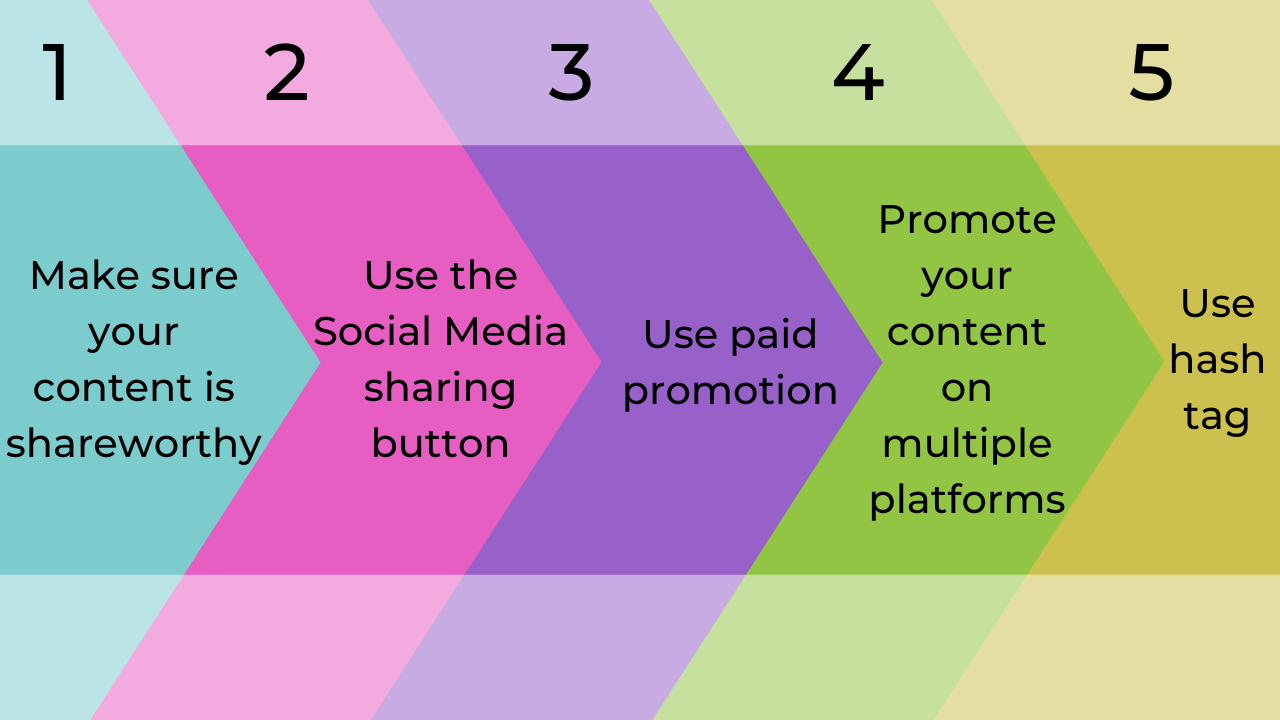
By following these steps, you can start social media marketing for your business and achieve your goals and objectives. Remember to stay consistent, be authentic, and always put your audience first.
Benefits of Social Media Marketing
Social media marketing offers numerous benefits to businesses that want to reach their target audience and grow their online presence. Here are some of the key benefits of social media marketing:
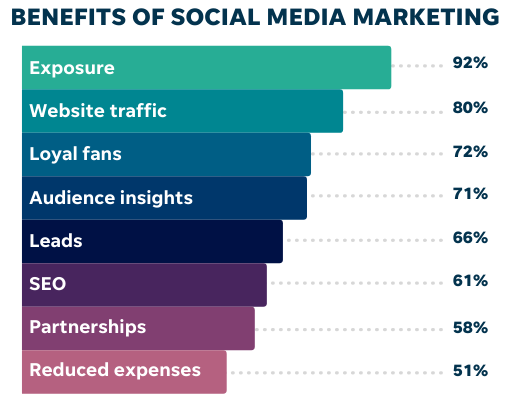
- Increased Brand Awareness: Social media allows businesses to reach a wider audience and increase their brand awareness. By creating and sharing content on social media platforms, businesses can reach potential customers who may not have heard of their brand before.
- Improved Customer Engagement: Social media provides businesses with a platform to engage with their customers and build relationships. Businesses can use social media to respond to customer inquiries, provide customer support, and gather feedback on their products and services.
- Cost-Effective Marketing: Social media marketing is generally less expensive than traditional forms of marketing. Many social media platforms offer free tools and analytics that businesses can use to create and share content and measure their results.
- Increased Website Traffic: Social media can drive traffic to a business's website by sharing links to blog posts, product pages, and other content. This can help businesses to improve their search engine rankings and generate more leads.
- Improved Customer Loyalty: By engaging with customers on social media, businesses can build relationships and improve customer loyalty. Customers who feel connected to a brand are more likely to become repeat customers and recommend the brand to others.
- Increased Sales: Social media marketing can help businesses to increase their sales by reaching potential customers and encouraging them to make a purchase. Social media platforms offer many features, such as targeted advertising, that can help businesses to reach the right audience and improve their conversion rates.
Examples of Social Media Marketing
There are many examples of social media marketing campaigns that businesses have used to reach their target audience and achieve their marketing goals. Here are a few examples:
1. Coca-Cola's "Share a Coke" Campaign
Coca-Cola's campaign encouraged customers to share personalized Coke bottles with their friends and family, using the hashtag #ShareACoke. The campaign generated more than 500,000 photos and videos on social media platforms and resulted in a 7% increase in sales.
2. Airbnb's Instagram Campaign
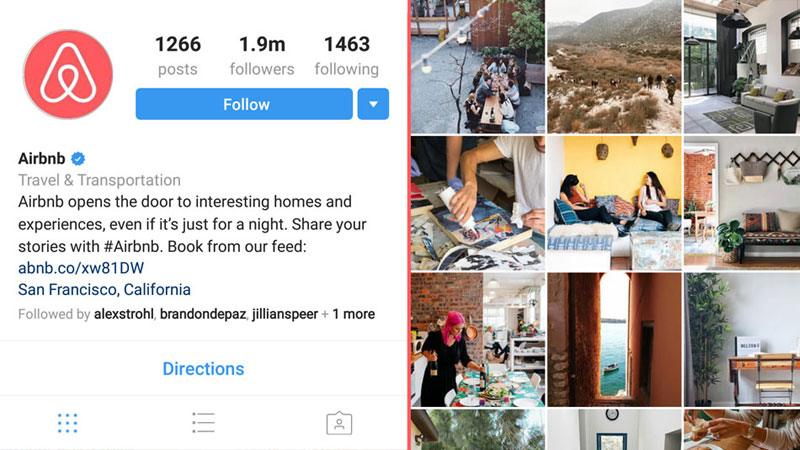
Airbnb used Instagram to showcase user-generated content of unique properties and experiences around the world, using the hashtag #Airbnb. The campaign helped to increase brand awareness and engagement on Instagram, with more than 4 million user-generated posts.
3. Old Spice's "The Man Your Man Could Smell Like" Campaign
Old Spice's humorous campaign featured a series of videos that went viral on social media platforms, resulting in a 107% increase in sales. The campaign also helped to rebrand the Old Spice brand, targeting a younger demographic.
4. Wendy's Twitter Campaign

Wendy's used Twitter to engage with customers and competitors, using a witty and sarcastic tone. The campaign helped to increase brand awareness and engagement on Twitter, with more than 1.2 million followers.
5. Dove's "Real Beauty" Campaign
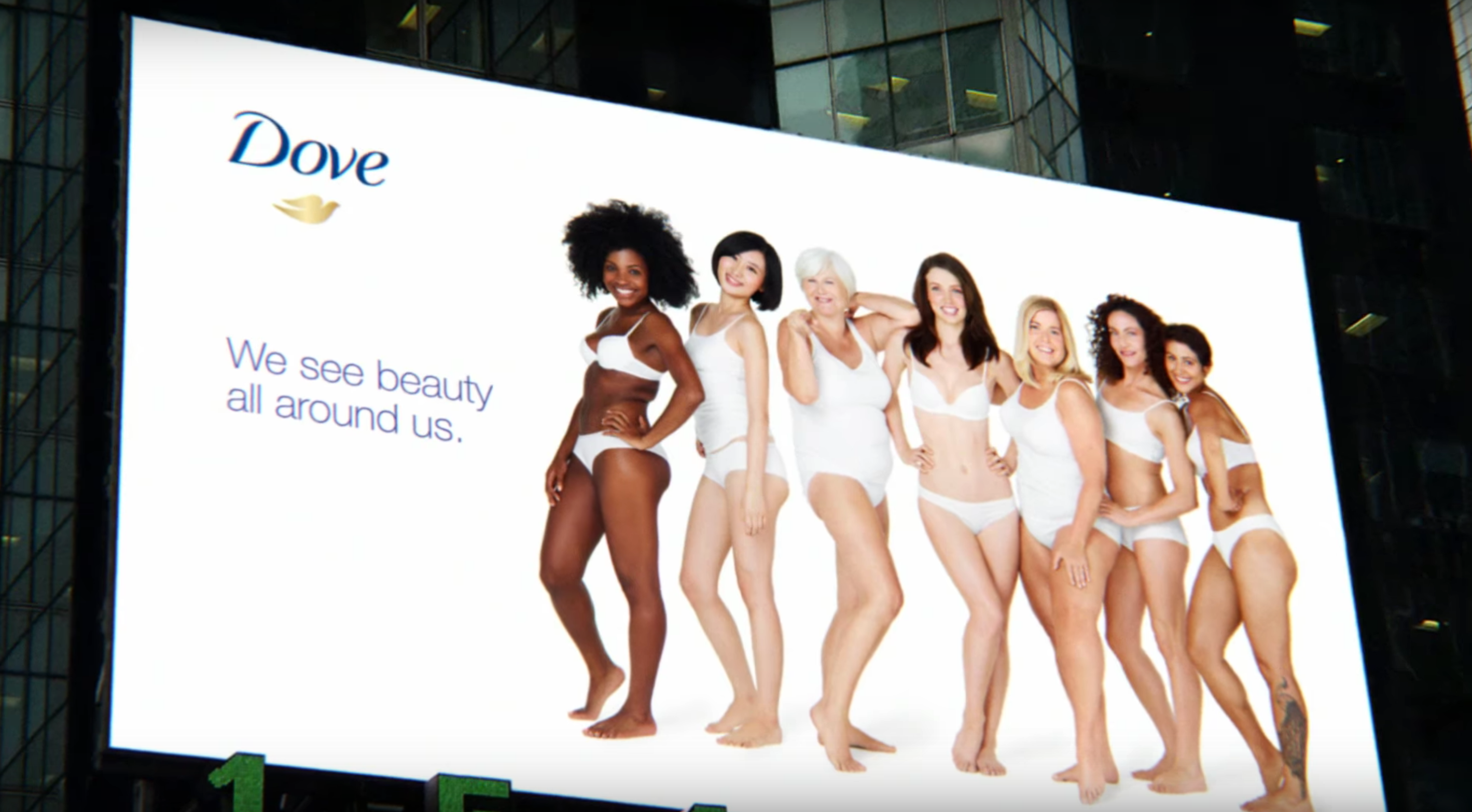
Dove's campaign focused on promoting real beauty and body positivity, using real women in their advertisements. The campaign generated more than 30 million views on YouTube and helped to increase brand loyalty and trust among customers.
These are just a few examples of successful social media marketing campaigns. Each campaign used different strategies and tactics to engage with their target audience and achieve their marketing goals.

